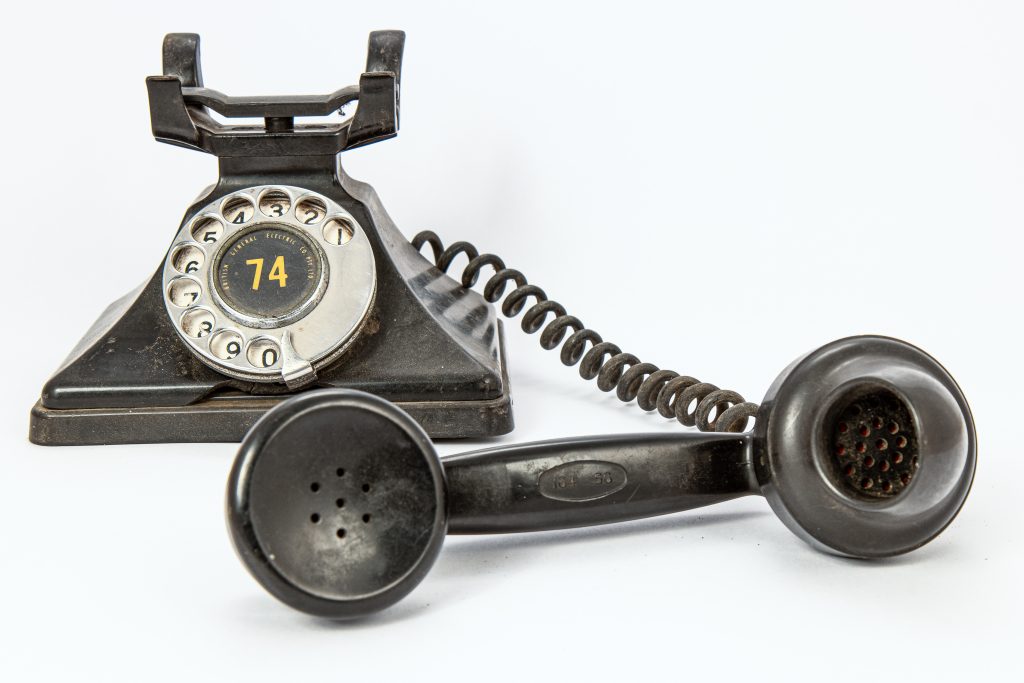
As a girl at West Wallsend in the 1950s Narelle Kemp watched her mother Elvie, with pointed index finger, turn the number dial on this black Bakelite telephone. She listened to the distinctive rotation sound as the dial returned. When someone called, the phone’s built-in-bell made a cheerful ring, which carried throughout all the rooms […]
Read More…
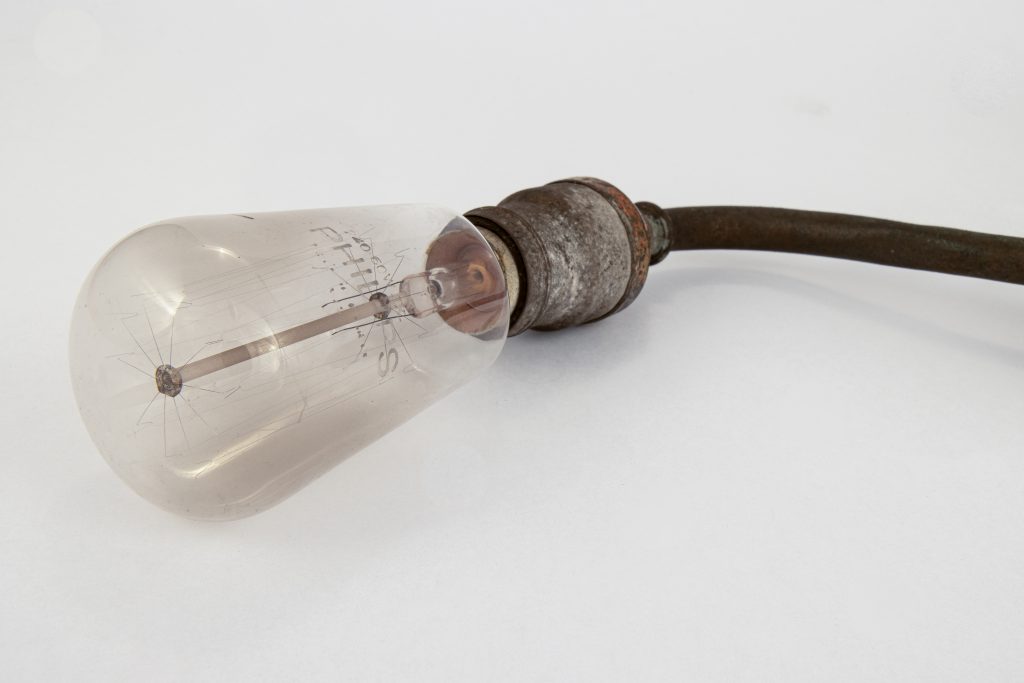
Its been more than 100 years since electricity was installed at West Wallsend. The bulb and fitting shown here is an electric light that belonged to undertaker and carpenter William Turnbull (Snr). It dates from the era when West Wallsend, then a small coal mining town, switched to using electricity. Today, safe, reliable lighting in […]
Read More…
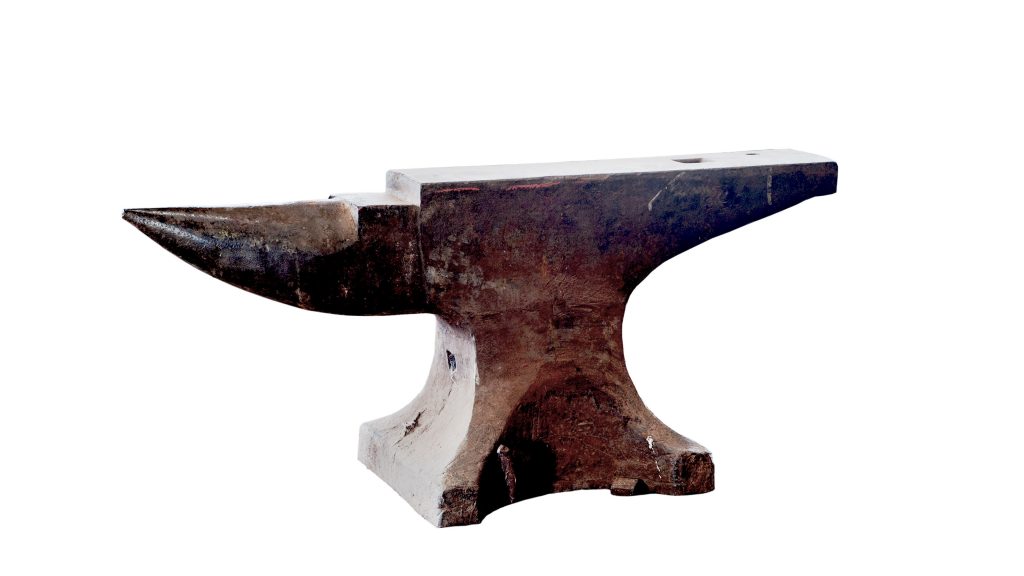
Along with the forge, the anvil was the most important tool in the blacksmith’s kit. Using the anvil, hot metal was ‘worked’. It was repeatedly hammered and shaped around its angled and conical edges. Imagine the loud clanging blow of a hammer forming the metal, while the whoosh of bellows pumped air into the forge […]
Read More…
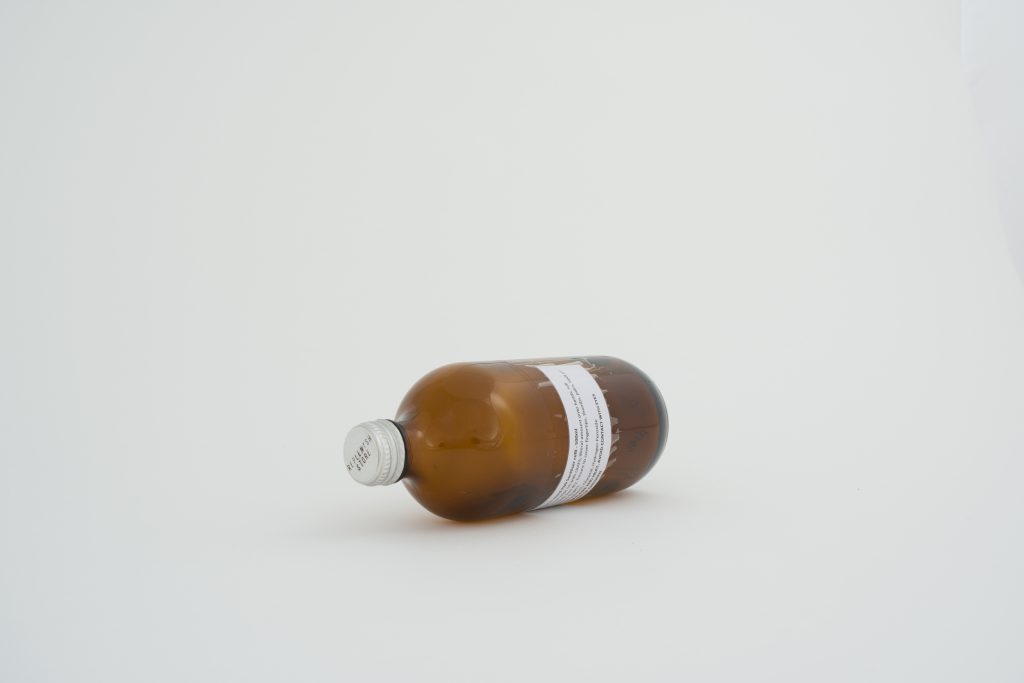
In early 2020 when the Covid-19 pandemic first appeared globally, handwashing quickly became a critical line of defence. Early advice given was to wash your hands with warm soapy water for the duration of two rounds of the song ‘Happy Birthday’. If that wasn’t possible then hospital grade hand sanitiser containing sixty to eighty percent […]
Read More…
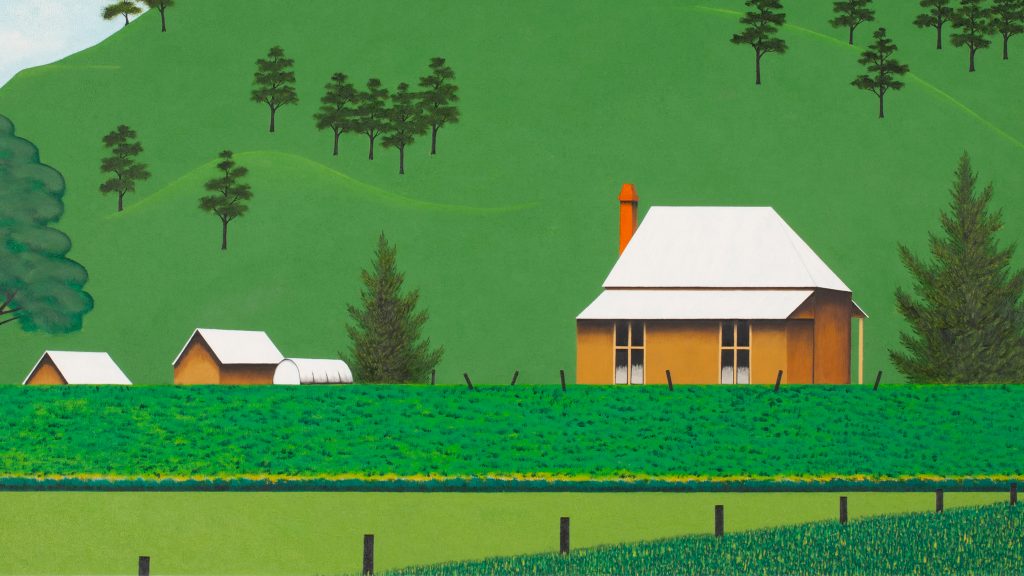
On an unknown day in 1976 Max Watters (1936-2020), an established Hunter Valley landscape artist, headed north from his home in Muswellbrook in search of inspiration. After taking the Glenbawn Road, east of the small town of Aberdeen, Max crossed the Hunter River (Coquun). He navigated the wind in the road that bends around undulating […]
Read More…
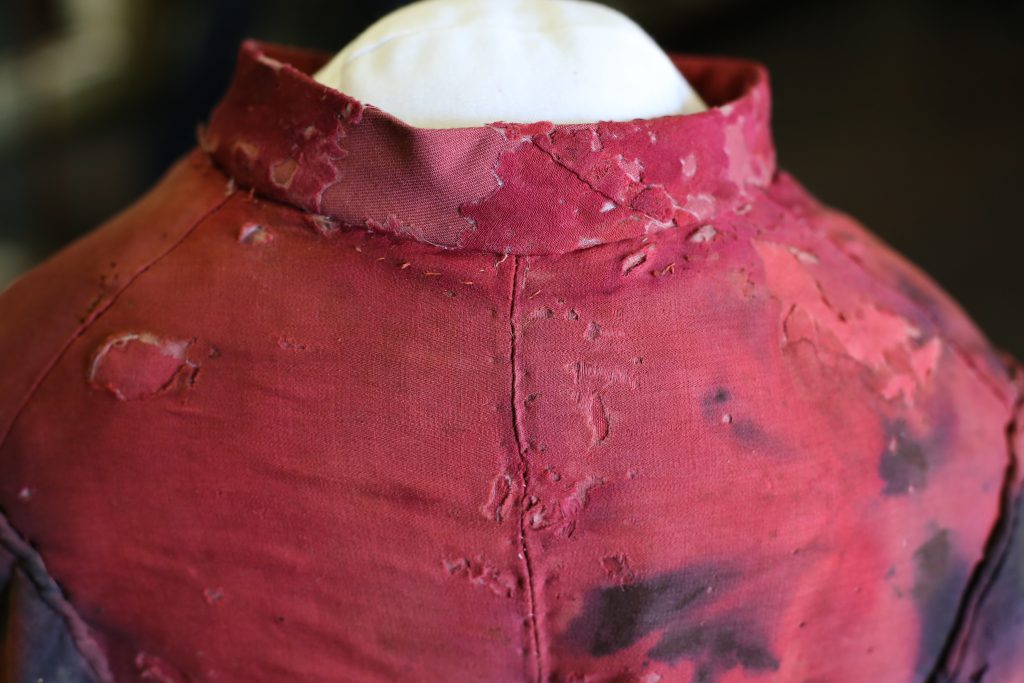
The Macarthur Cloak, this striking scarlet-coloured opera coat, was made in England in 1817 from Australian-grown merino wool. It was commissioned by the Macarthur family of Elizabeth Farm, near Parramatta, Sydney. John Macarthur (1767-1834) is widely recognised as a pioneer of the Australian wool industry, though he first worked in the colony as a soldier […]
Read More…

Gilmore Bennet, known as Gil, was a Tamworth resident with an interest in geology – the study of the matter and processes that shape the earth, and lapidary – the art of cutting, polishing and engraving stones and gems. For over 20 years he collected geological specimens from Australia and around the world. In 2008 […]
Read More…
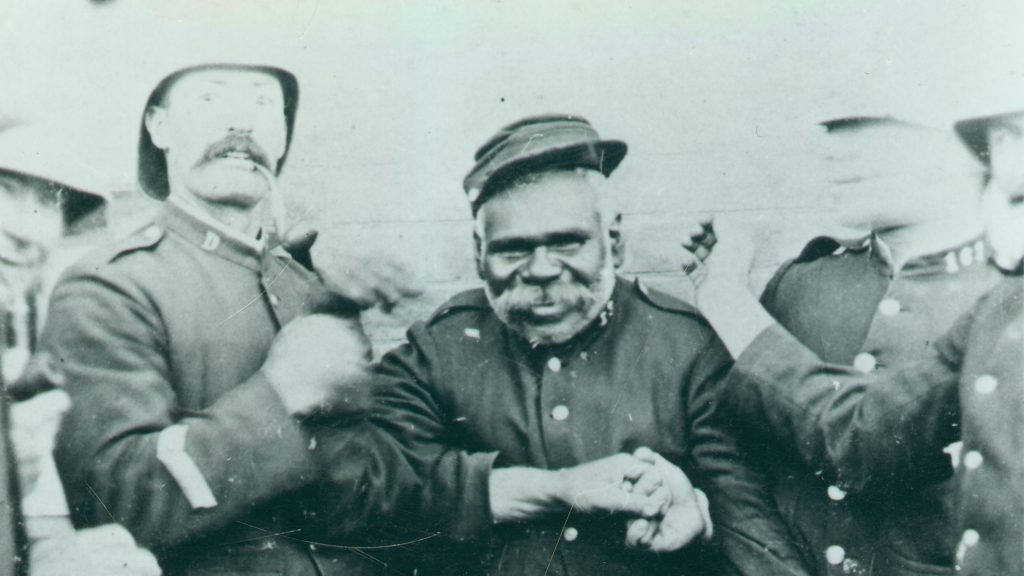
Aboriginal Police Tracker ‘Tommy’ worked in Broken Hill from the late 1890s-1910. His employment and skill as a tracker was renowned and widely reported in the press. Tommy’s police work also saw him employed at the Silverton Police Station, along with other Aboriginal trackers. Moreover, his time at Broken Hill coincided with a craze for […]
Read More…
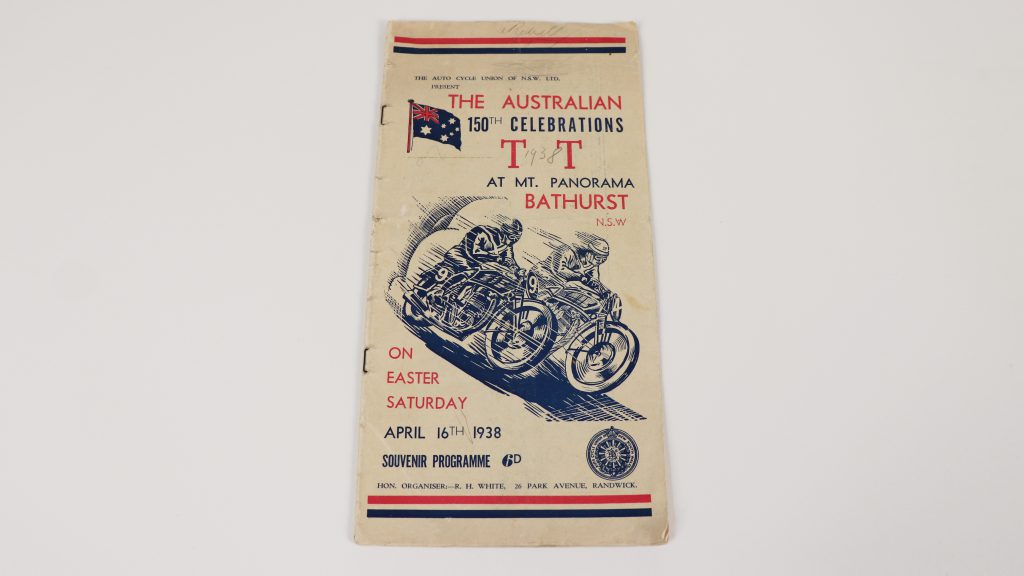
On Easter Saturday in 1938 the Mount Panorama Circuit at Bathurst, in the Central West of NSW, was first used for motor racing. The inaugural event was part of the district’s 150 years of European settlement celebrations. The inaugural race was an Australian TT motorcycle race, two days later the Australian Grand Prix cars competed. […]
Read More…
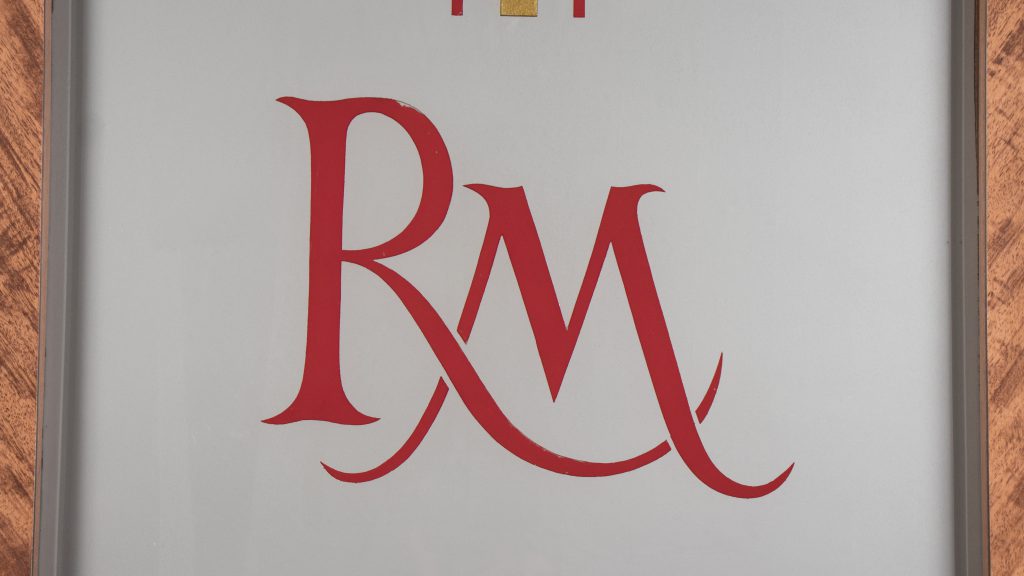
In 1923, George Kringas (formerly Krigkas) migrated from the Peloponnese to Australia in search of a better life. Just one year later he opened his Greek café named the Rose Marie in Orange. From the early twentieth century, Greek entrepreneurs like George established cafes that were a mix of the late nineteenth century British-style oyster-bar […]
Read More…











